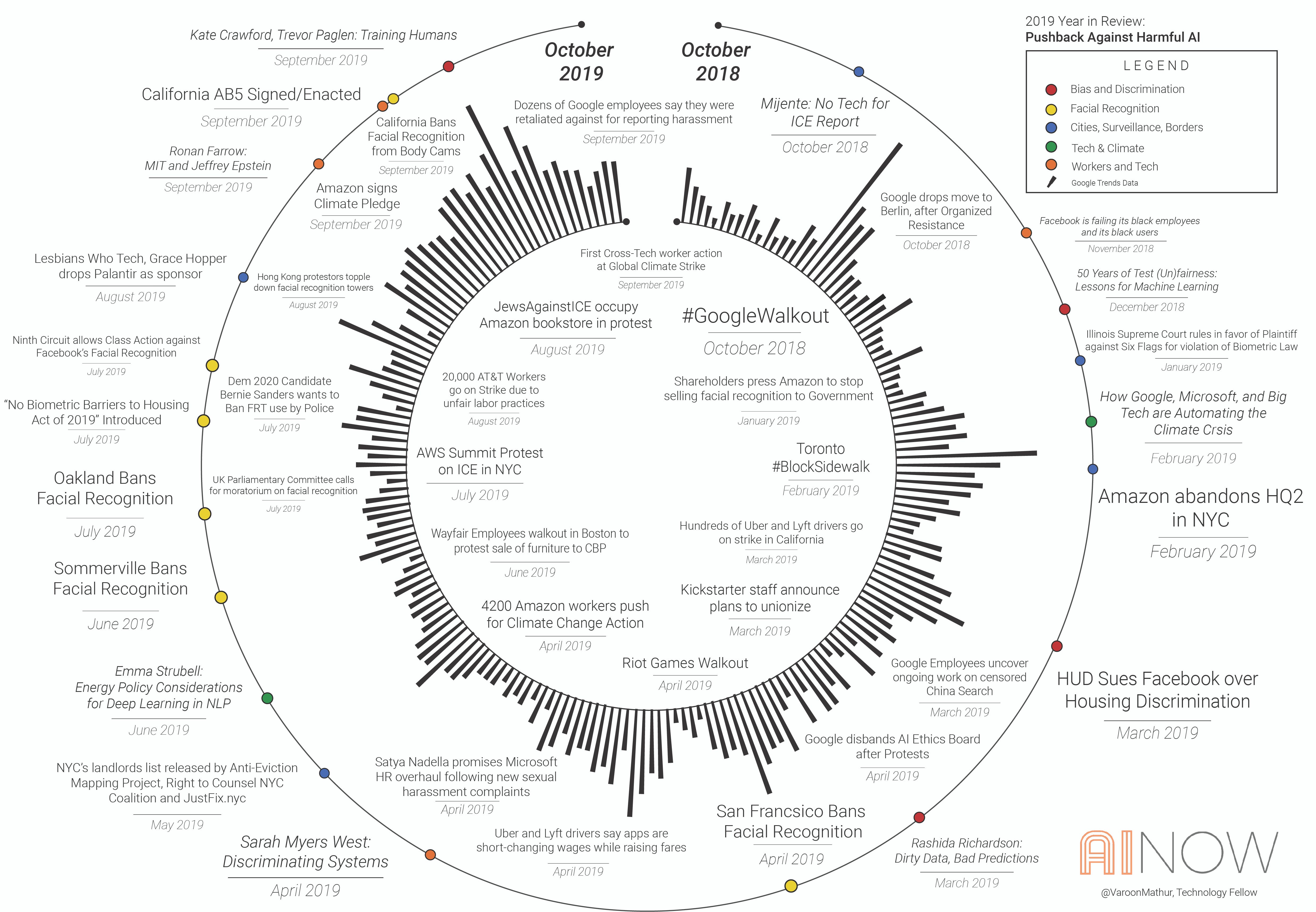“To make sure we’re building for everyone, our model accounts for factors like age, sex, race and skin types — from pale skin that does not tan to brown skin that rarely burns. We developed and fine-tuned our model with de-identified data encompassing around 65,000 images and case data of diagnosed skin conditions, millions of curated skin concern images and thousands of examples of healthy skin — all across different demographics. Recently, the AI model that powers our tool successfully passed clinical validation, and the tool has been CE marked as a Class I medical device in the EU.”
Source : Using AI to help find answers to common skin conditions









